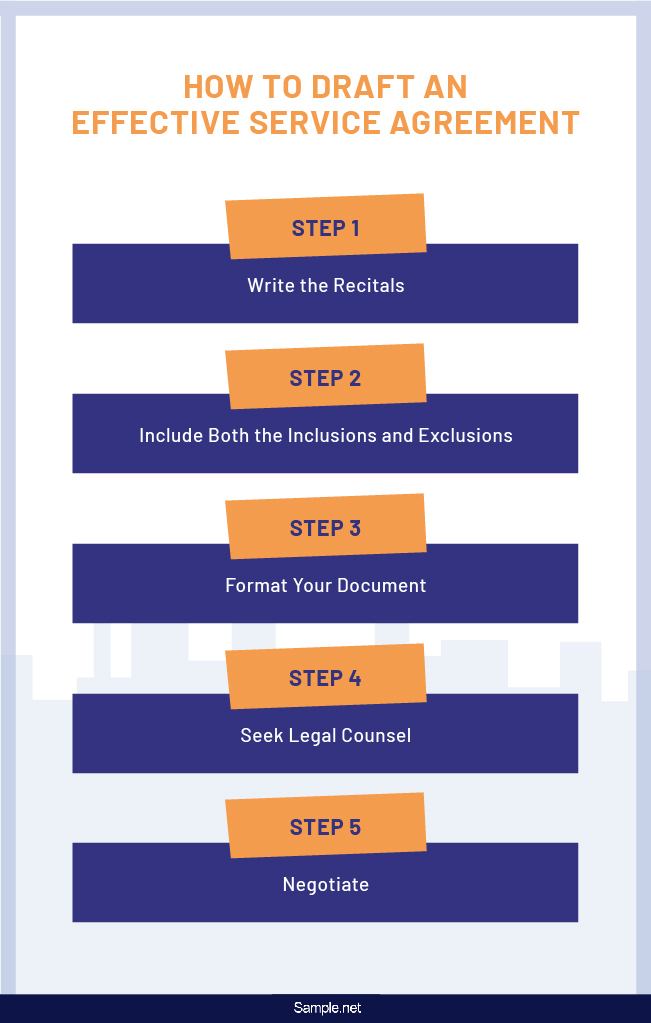45+ Sample Service Agreements
-
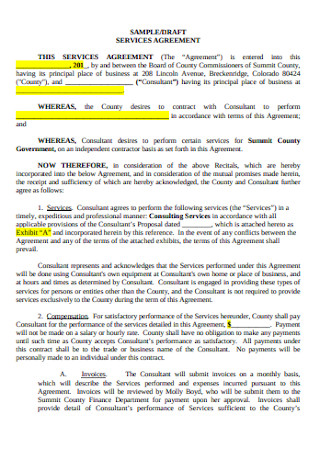
Draft Service Agreement
download now -
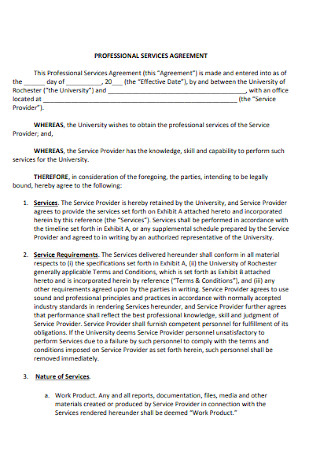
Professional Service Agreement
download now -
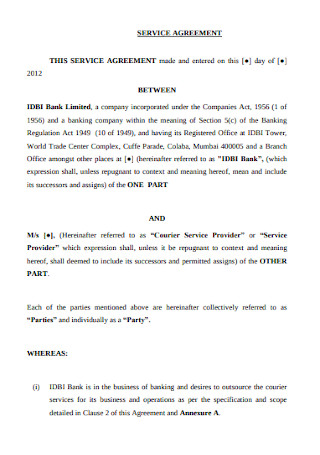
Bank Service Agreement
download now -

Corporate Service Agreement
download now -
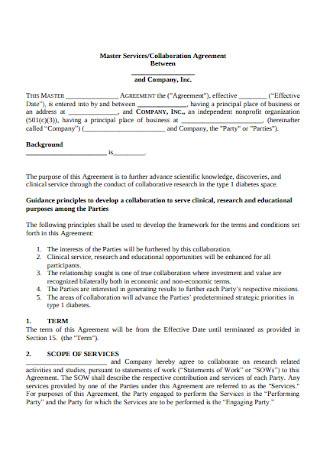
Services and Collaboration Agreement
download now -
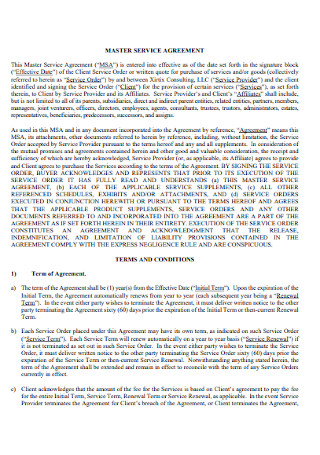
Master Service Agreement
download now -
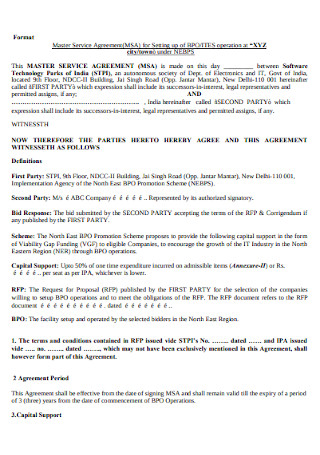
Software Service Agreement
download now -

Master Subscription and Services Agreement
download now -

Customer Service Agreement
download now -

Client Service Agreement
download now -
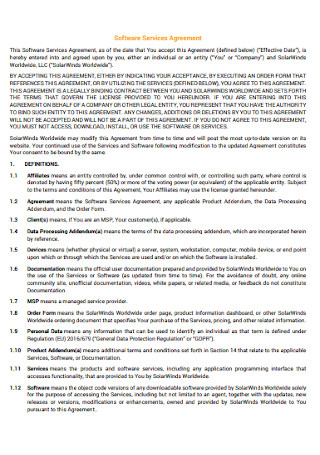
Sampe Software Service Agreement
download now -

Purchasing Service Agreement
download now -
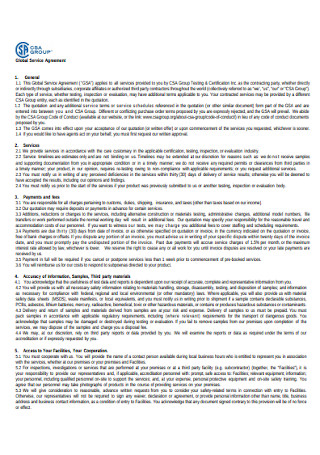
Global Service Agreement
download now -
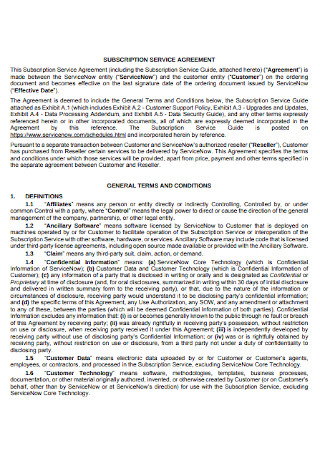
Subscription Service Agreement
download now -

Merchant Service Agreement
download now -
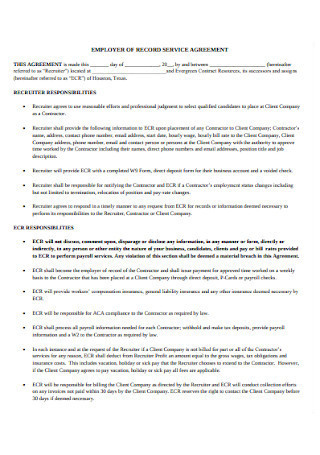
Empoyer of Record Service Agreement
download now -
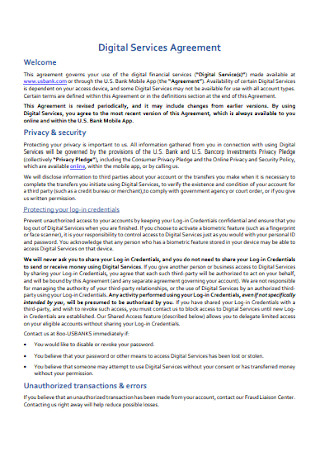
Digital Service Agreement
download now -
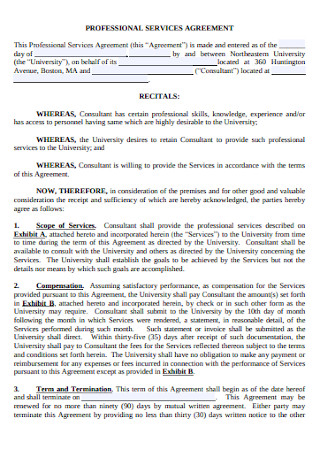
University Service Agreement
download now -
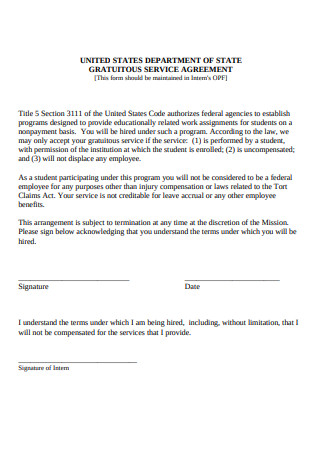
Department Service Agreement
download now -
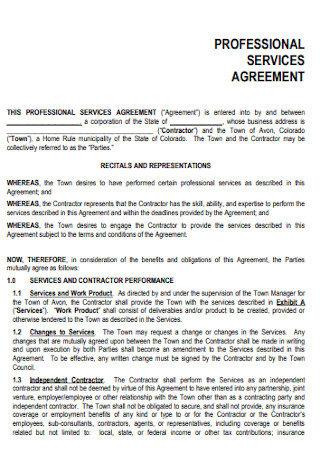
Business Service Agreement
download now -
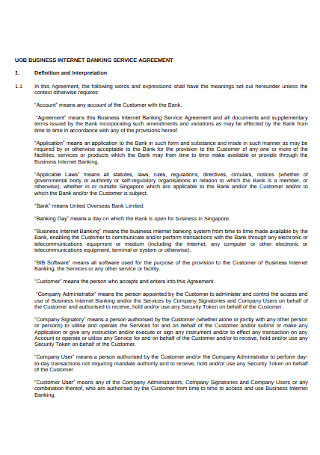
Internet Banking Service Agreement
download now -
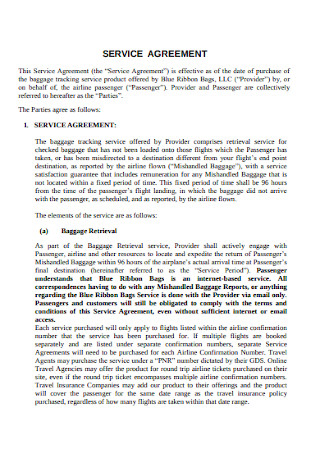
Baggage Tracking Service Agreement
download now -
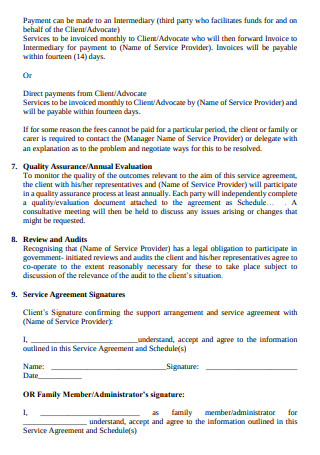
Individual Service Agreement
download now -

Network Service Agreement
download now -
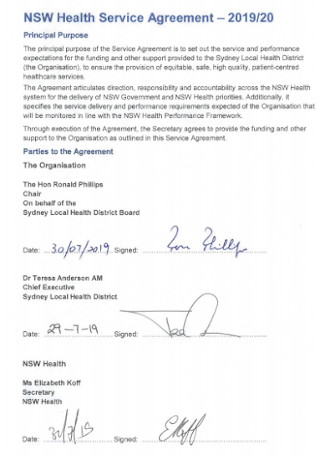
Health Service Agreement
download now -

International Service Agreement
download now -

Electronic Debit Service Agreement
download now -

Formal Master Service Agreement
download now -
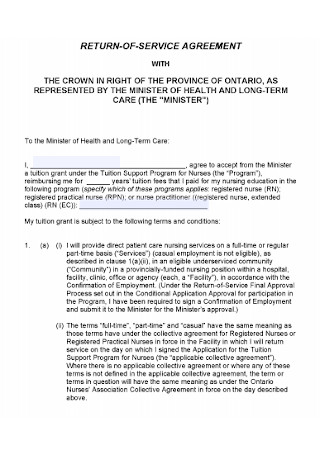
Return of Service Agreement
download now -
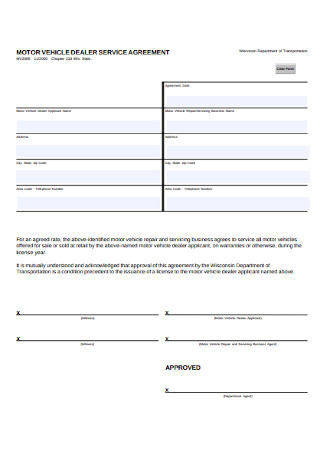
Motor Vehicle Dealer Service Agreement
download now -
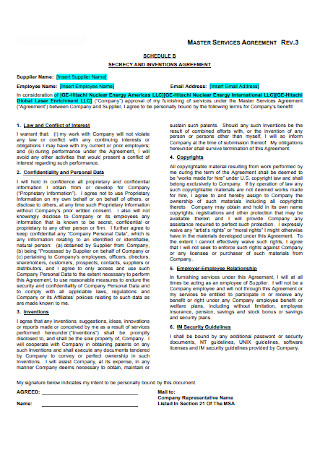
Company and Supplier Services Agreement
download now -
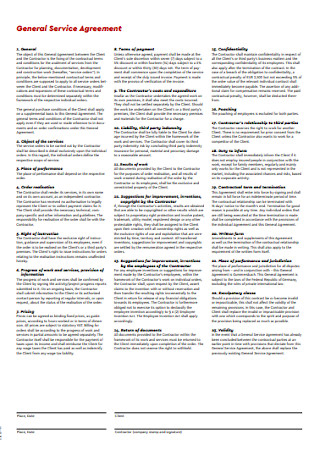
General Service Agreement
download now -

Interchange Service Agreement
download now -
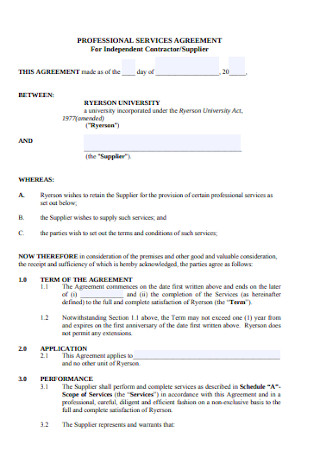
Independent Contractor Service Agreement
download now -
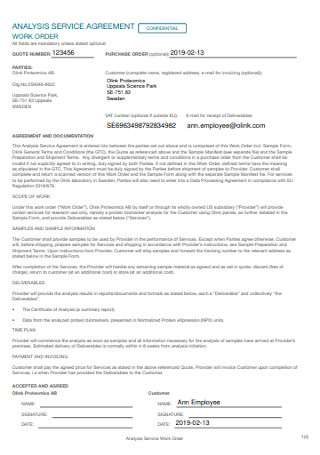
Analysis Service Agreement
download now -
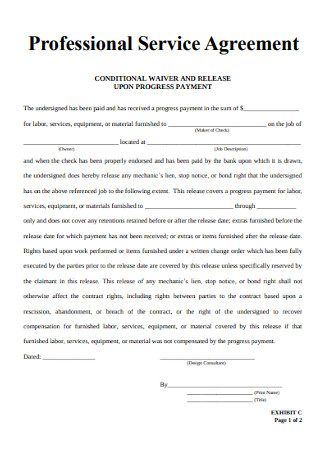
Design Consultant Service Agreement
download now -
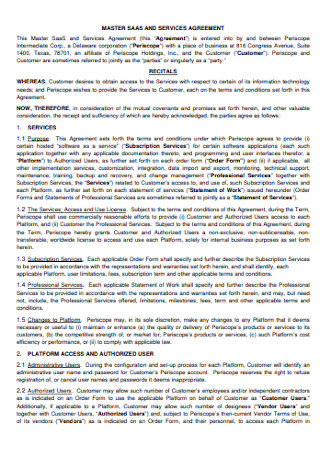
Sample Corporation Service Agreement
download now -
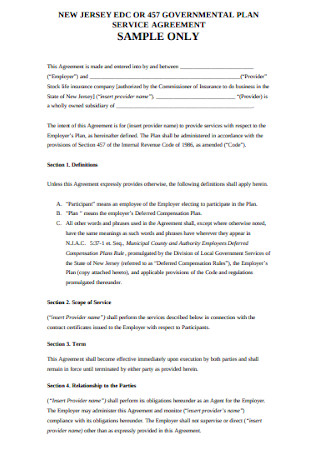
Employee Service Agreement
download now -
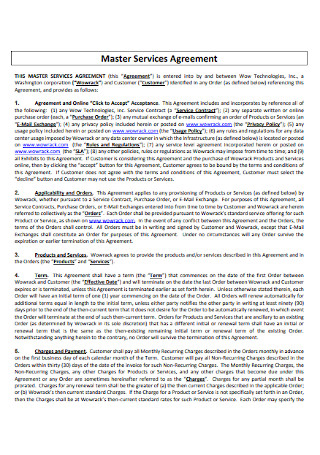
Standard Service Agreement
download now -

Web Service Agreement
download now -
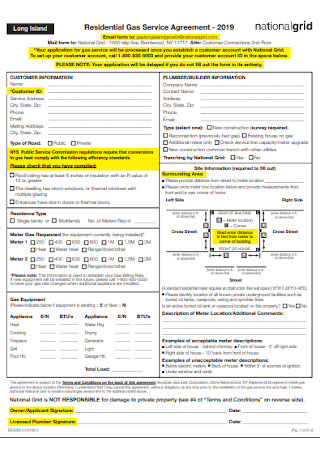
Residential Gas Service Agreement
download now -
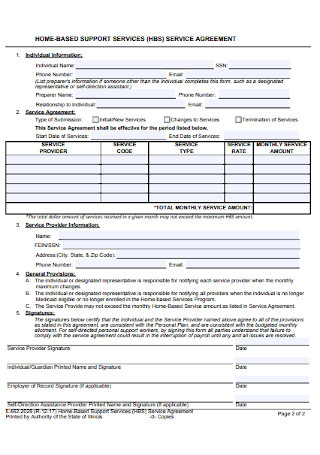
Home Based Support Service Agreement
download now -
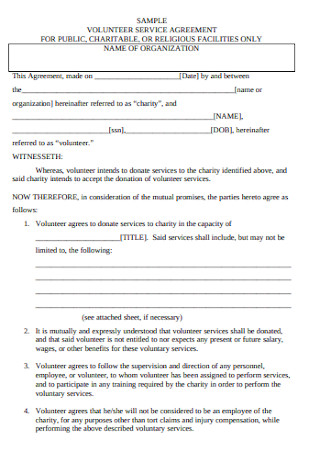
Volunteer Service Agreement
download now -
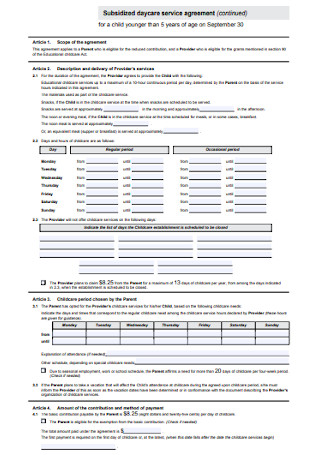
Subsidized Daycare Service Agreement
download now -
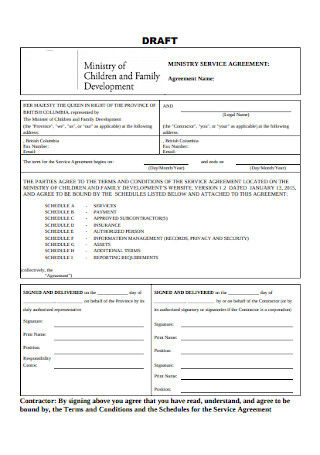
Ministry Service Agreement
download now -
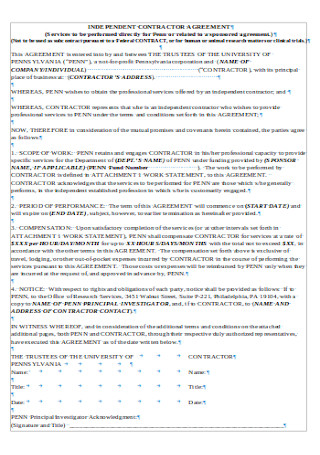
Contractor Service Agreement
download now -
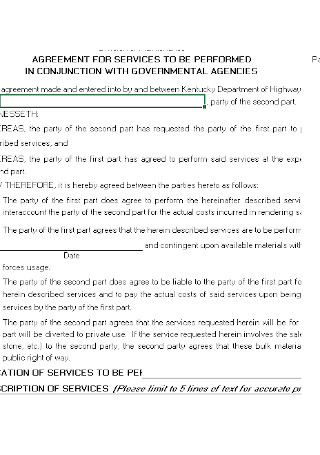
Agency Service Agreement
download now
What Is a Service Agreement?
In business, there is no guarantee that customers will receive the products and services with the quality promised to them. On the other hand, it is not always that business owners receive proper compensation for the goods and services they provided to their clients. These unfortunate circumstances are when legally binding documents such as an agreement becomes beneficial. One example of agreement companies make use of is a service agreement. It is a written arrangement between two or more parties where one agrees to provide a specific service to the other in return for financial compensation. Just like other types of agreement, it gives both parties an outline of their rights and responsibilities as the service provider or the client. Whether it is a business-to-business or business-to-consumer negotiation, having a formalized and written form of communication regarding the terms and conditions of the process is crucial. It protects those who are involved in the event that the opposite party fails to meet the expectations of the other.
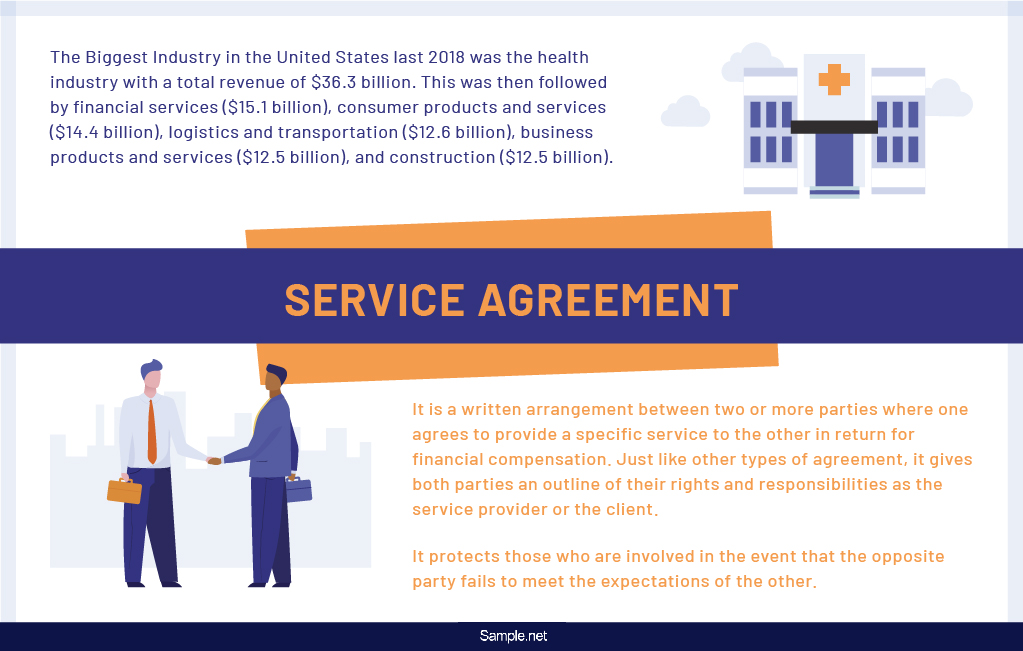
Service Agreements: The Essential Elements
Some people are more than willing to spend their money to attain the peak of security, convenience, acceptance, and optimal health. For this reason, they look for products or services that will grant them the comfort and enjoyment they need. In relation to this, Inc. magazine revealed that the biggest industry in the United States last 2018 was the health industry with a total revenue of $36.3 billion. This was then followed by financial services ($15.1 billion), consumer products and services ($14.4 billion), logistics and transportation ($12.6 billion), business products and services ($12.5 billion), and construction ($12.5 billion). With this information in mind, we can tell that part of the people’s expenses are not just for products but also for the services they enjoy. And whether you are a part of the multibillion-dollar service industry or not, you should know the importance of a written agreement in making business processes more efficient and secured. Aside from that, you should also have a full understanding of the key elements of a service agreement so you won’t encounter difficulties in writing the document. There’s no need to worry about that, though. In this section, we have provided you with an outline of the different elements your service agreement should reflect.
Advantages of Having a Service Agreement
Establishing good customer relationships is vital in every business. It helps increase the customer base and boost sales of an enterprise over the course of its operation. In the service industry, there are countless ways to foster good customer relations—one is a mutually beneficial service agreement. Legally binding documents are not just for the sake of formality. As you read this section, you will fully understand the significance of implementing a service agreement to your business.
Provides Assurance to the Customers
A tangible record of the agreed-upon terms will assure the customer that they will receive products or services with the best quality. If a product seller offers maintenance and repair services to the buyer, it will give a notion to the customers that the items offered to them are durable since the seller will cover additional costs incurred for maintenance or repairs. As a product seller, you would not want to spend more for warranty services, right? Thus, you have to make sure that the item you are selling has minimum chances of failing. On a different note, it would also guarantee a service provider’s client that the service they will avail is worth the price.
Sets a Clear Course of Action
A service agreement does not only set out the types of services businesses will provide for a specific time frame. It also specifies the consequences either party will face in the event that they fail to meet their obligations. Knowing that there is a course of action to take for unmet standards, responsibilities, and obligations, both parties will see to it that they won’t breach the agreement and abide by the agreed-upon terms.
Secures Financial Arrangements
As previously mentioned, one of the most essential components of a service agreement is the cost for service, price range, or rates for the services rendered. Thus, whichever price you and your clients agreed upon should be reflected in the legal document. Moreover, a written agreement also makes it clear to the customers that the service provider will charge them for late payments. Without a written service agreement, there is a tendency that you won’t receive proper compensation at the right time. In case your clients fail to settle their payments even after the completion of a project, it would be best to send them an invoice to remind them of their fees.
Eases Minds
A verbal agreement provides no proof of the agreement made between two parties. As a result, it might not give either party peace of mind, thinking that the other might break the rules and breach the agreement. A sure solution to this dilemma is a written service agreement that obliges both parties to observe strict compliance with the regulations.
Helps in Resolving Disputes
In relation to the aforementioned advantage of a service agreement, one of its most beneficial aspects is that it helps in resolving disputes between two parties or more. Whenever the other party fails to do their obligations as a service provider or customer, the opposite party can refer to the document and point out which provision has been violated. It will be easier to resolve disputes in the presence of a document that is legally binding.
How to Draft an Effective Service Agreement
Due to the technological advancement in this modern world, one of the fastest-rising business in the service industry is information technology. Data from Statista showed that on a global scale, individuals and other corporate entities are expected to spend over a trillion U.S. dollars on IT services. Bearing this number in mind, we can say that the growth of this particular industry is evident. Aside from IT services, people also pay for transportation, wellness, convenience, and professional services. Some examples of these are paying for professionals like lawyers or engineers, spending money for HVAC maintenance or lawn care, and among others. If you are a service provider or you are selling a particular item that might need repairs or maintenance, you may need to enter into an agreement with your clients. Provided below is an outline of how to write a service agreement for your business.
Step 1: Write the Recitals
Legal documents like contracts and agreements don’t lay out the terms and conditions in the first sentence of the first paragraph. It first needs to give the readers an overview of the document. For this reason, the first step in drafting a service agreement is to provide a title for the document, indicate the effectivity date, and define the parties involved. After this, start writing an enumeration of terms used in the service agreement—or recitals. Usually, these statements begin with “whereas,” and they come before the main texts which provide both parties a gist or a general idea of what the document is about.
Step 2: Include Both the Inclusions and Exclusions
Now that we have discussed the essential elements of a service agreement, you probably know by now the provisions you need to consider when writing the document. After writing the recitals, you can start presenting the terms and conditions that both parties will adhere to. Moreover, you should keep in mind that aside from specifying the services you will cover, you should also indicate the exclusions or the services that are not included under the agreement. Doing so will give your clients a clear understanding of the inclusions, scope, and limitations of your coverage.
Step 3: Format Your Document
To communicate professionalism and establish credibility, you need to make your written service agreement as neat and as presentable as possible. It would be best if you make use of standard business fonts so that it won’t be hard for the parties involved to read the document. In addition to that, you should also provide appropriate headings for each particular provision to eliminate confusion. You can also download ready-made and professionally written service agreement templates to save you from the hassle of writing and formatting your document from a blank page.
Step 4: Seek Legal Counsel
The last thing you’d want to experience is having a service agreement that does not comply with the industry’s standards. It would never be good to have a legal document that is not in line with the laws. Therefore, it is best to seek legal counsel and have your document reviewed before conveying to your clients the terms and conditions outlined in the agreement.
Step 5: Negotiate
At the last portion of the service agreement, provide enough spaces for both parties to affix their signatures after discussing the terms and conditions. Then, proofread your document to make sure that it is free from errors and send it to the parties involved. Before the agreement takes full effect, though, both parties should discuss the provisions, rights, and responsibilities outlined in the document. Negotiate until you, as the service provider, and your client will come up with an arrangement that will benefit both parties. If there are any revisions or both parties agreed to alter some of the rules, don’t forget to put it into writing.
